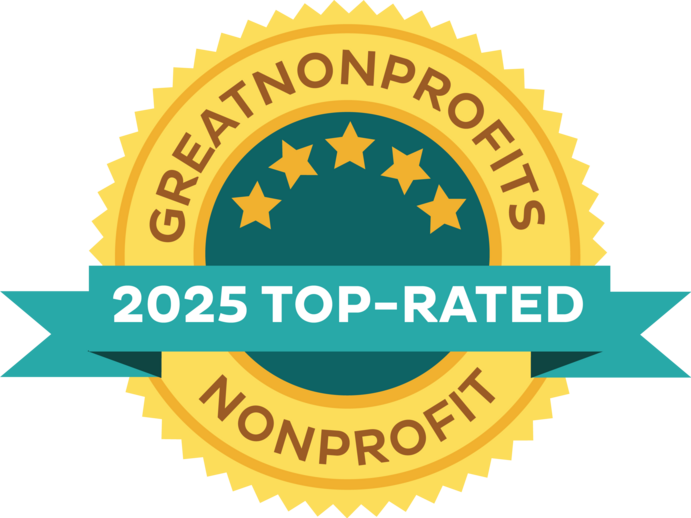Thanks to compassionate friends like you, children who once worried about their next meal are now sitting in classrooms with notebooks open and smiles on their faces.
Life Before Your Support
Many families in our partner communities struggle to provide both food and school fees. Children often miss classes to help at home or simply because there is nothing to eat before the school day begins.
(Add a portrait-style photo of a child in class or receiving a meal.)
Working with our local partners, Ryvanz-Mia Charity identifies the most vulnerable children, provides school materials and supports feeding programs that help them stay focused and healthy.
What Your Donation Made Possible
In this community alone, your gifts helped pay school fees, provide daily meals and supply exercise books and uniforms. The impact is not just numbers—it is changed stories.
A Child’s Voice
“Sometimes I came to school without eating. Now I know there will be food, and I can learn well. Thank you for remembering us.” – Student, Ghana
Stories like this are only possible because of faithful partners who choose to give, pray and stand with vulnerable children and families.
(Use 1–3 photos here: children with books, feeding line, or group photo.)
What’s Next?
Our vision is to reach even more children with education and nourishment through Back-to-School Drives, Christmas Meal Projects and ongoing sponsorship support. Together, we can keep desks filled and hearts hopeful.



